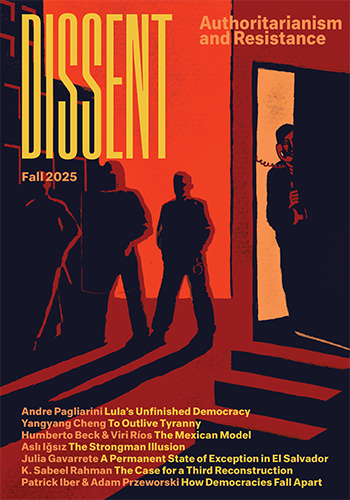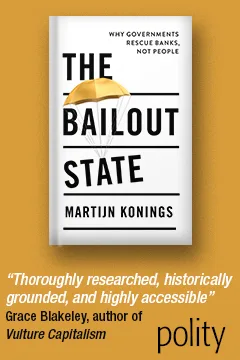A Report on Asian Socialism
A Report on Asian Socialism
Socialism in Asia emerged after, rather than before, Communism. The fact may seem trivial, but it has a decided significance. For while Communism was a transplantation from Europe, carefully nurtured by Lenin, Socialism evolved as part of the normal process of national revolution. That is not to say that the transplantation was then unnecessary or undesirable, yet Communism was transplanted and socialism not. Thus where the Communist parties in Asia are three decades old, independent Socialist parties are, for the most part, less than a decade old, and where Communism is pro-Moscow, Socialism is essentially “Third Forcist.”*
Lenin, with his un-doctrinaire astuteness, clearly understood the value of a Communist movement in Asia. In the traditional Marxian blueprint the revolution was to come first in the advanced capitalist countries like Britain, America, Germany, where the forces of production were already far advanced and presumably could glide easily into Socialism. But the Marxian time-table was decidedly in error. The revolution came first to a country in the twilight zone between feudalism and capitalism, to an underdeveloped area where the order of business was clearly the national, rather than the socialist, revolution. And Lenin, having led such a combined revolution in Russia, was keenly aware of its potential in Asia.
Asians flocked to the Third International; they were welcomed and sent home to build the kind of movement the Second International had long neglected. M. N. Roy in India and Ch’en Tu-hsui in China fashioned Communist Parties in the image of Lenin. Subsequently these men quit or were removed from Party leadership. Others took over where they had left off, aided by Stalin rather than Lenin. Thus Stalinism, with its sustenance from abroad-both moral and material-became a force in Asia second only to nationalism. It led parties and revolutions, while Socialism remained merely a wing of the nationalist movement, an embryo waiting for the national revolution to triumph before it could be born.
Socialism in Asia came into being at the propitious historical moment, during the last decade, when the hold of imperialism had been weakened, when independence was in the offing, when the united bloc of bourgeois, peasant, worker and intellectual which had worked for independence now had to look to new horizons-and new schisms. Socialism emerged without any outside help, particularly without help from European Socialism. Both its origin and raison d’être were different from those of Stalinism on the one hand and nationalism on the other; hence its outlook and perspectives vary considerably from those of either the British Labor Party or Nenni’s party in Italy. History and circumstance have conspired to make Asiatic Socialism a Third Force, and third forcism-the effort to find a path between capitalism and Stalinism-is in fact its underlying motif.
Until only a few years ago the Socialist...
Subscribe now to read the full article
Online OnlyFor just $19.95 a year, get access to new issues and decades' worth of archives on our site.
|
Print + OnlineFor $35 a year, get new issues delivered to your door and access to our full online archives.
|






